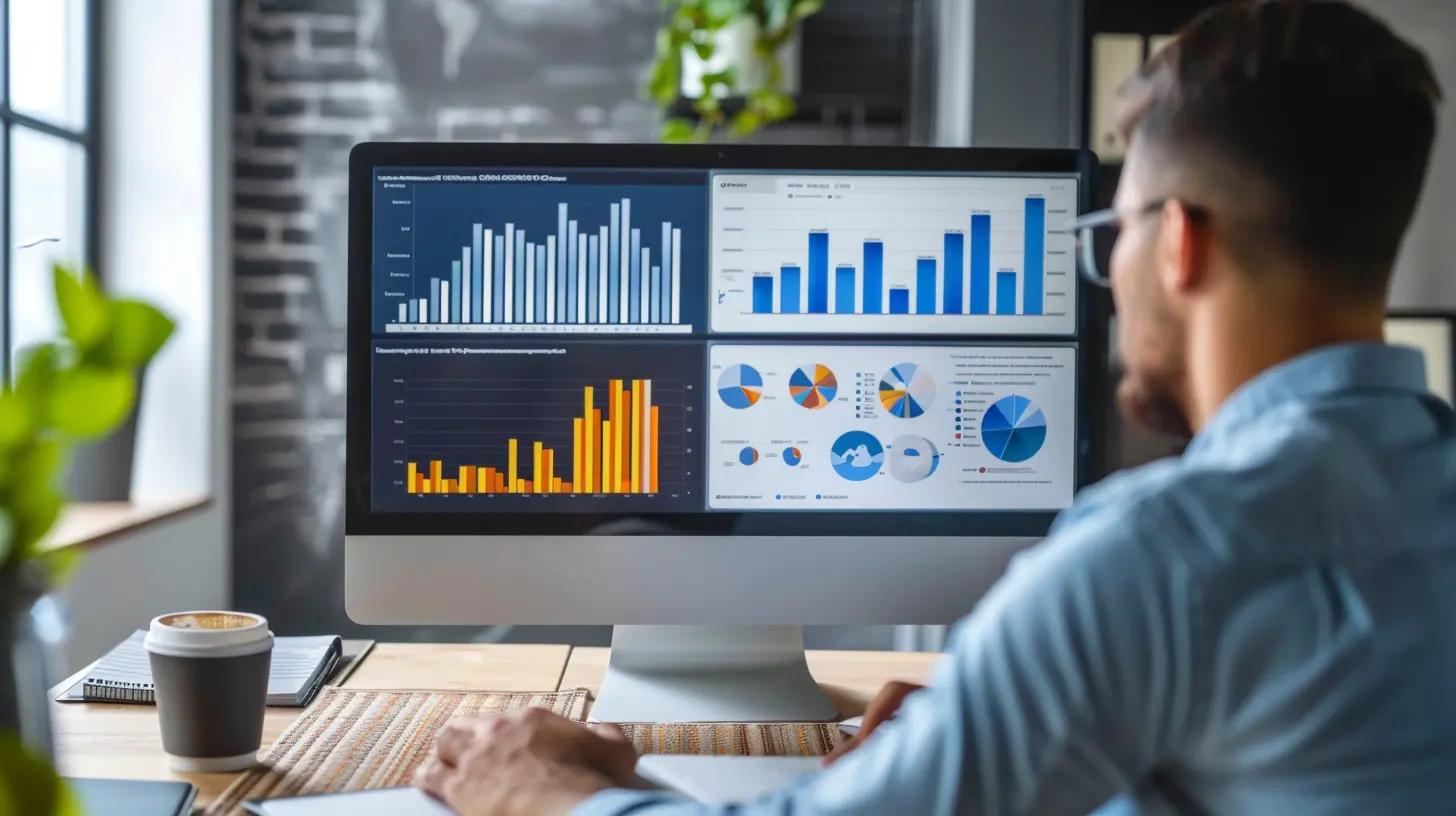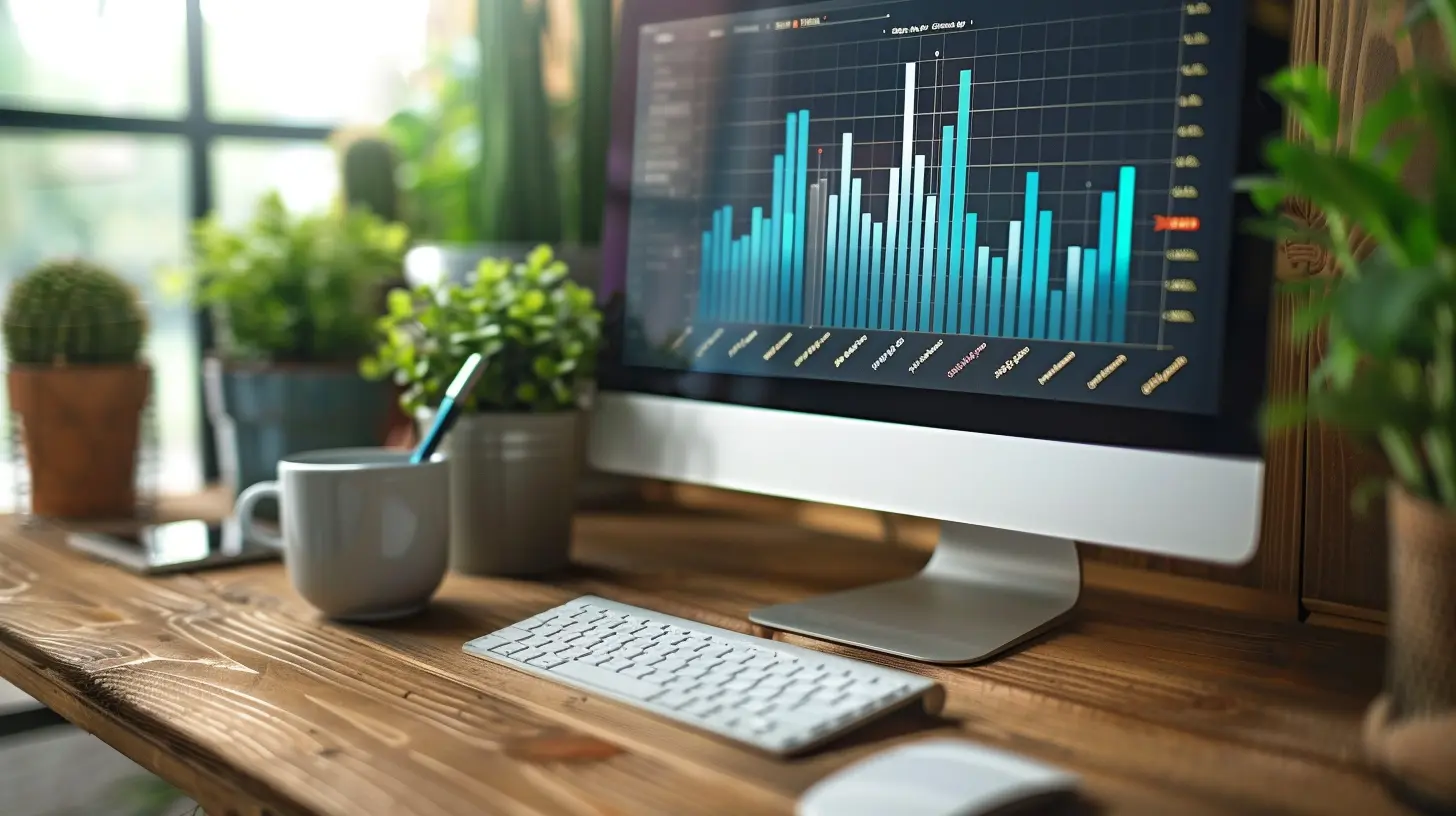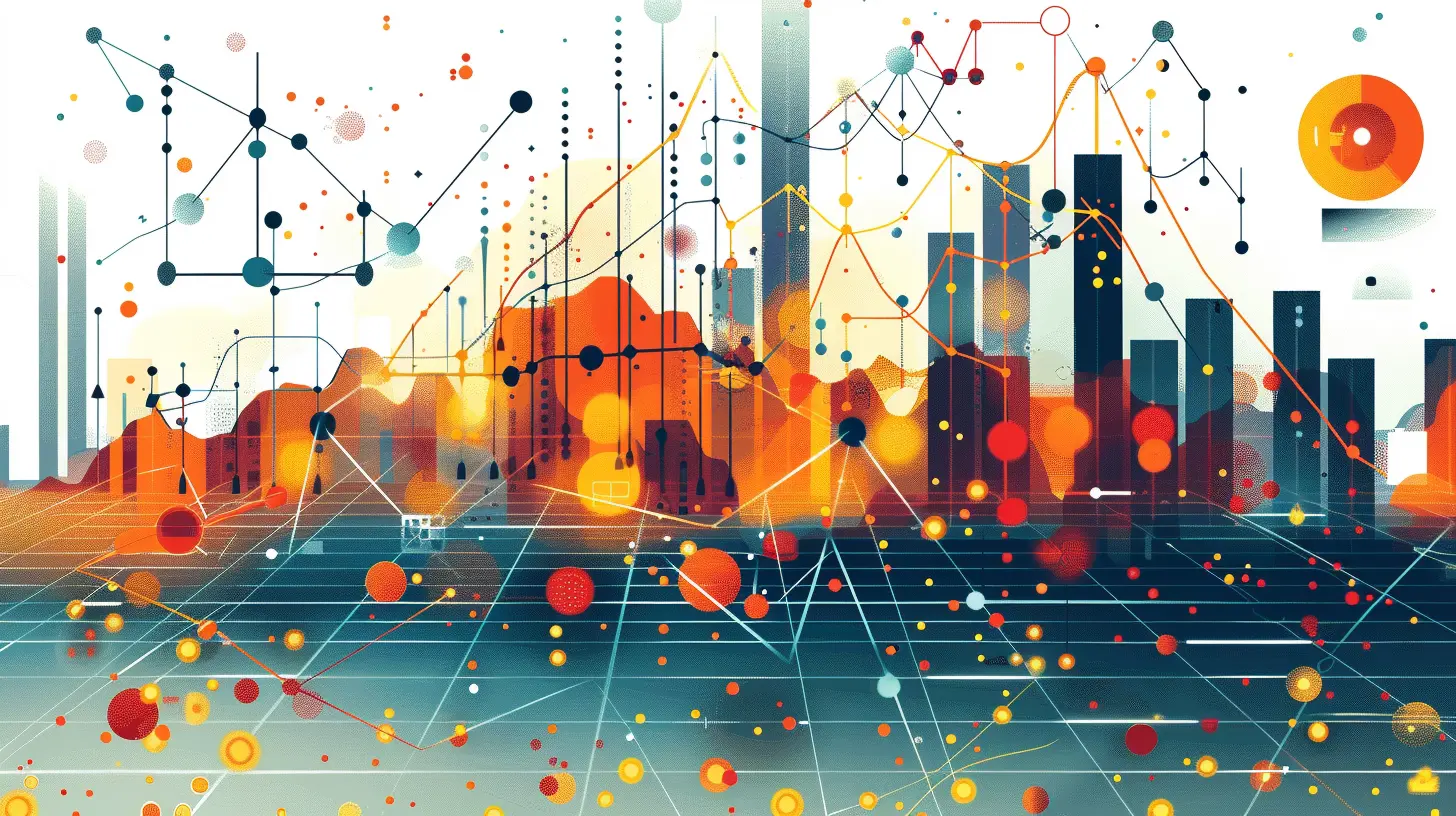Using Analytics to Predict Sales Trends
2 July 2025
In the grand symphony of business, where numbers dance like notes and patterns hum like melodies, analytics emerges as the maestro, orchestrating the future with precision and grace.
Picture this: You’re sailing on the vast ocean of commerce, waves of market changes rolling in unpredictably. But what if you had a compass—a data-driven oracle that whispers tomorrow’s trends today? That’s what sales analytics does. It equips you with the foresight to navigate shifting tides and chart a course toward success.
So, let’s dive deep into how analytics isn’t just about numbers and charts—it’s the crystal ball businesses need to predict sales trends and stay ahead of the competition.

The Power of Analytics: From Raw Data to Golden Insights
Data on its own is like uncut diamonds—valuable yet unpolished. But when refined with analytics, it transforms into a dazzling gemstone of insights.Every transaction, click, and customer interaction leaves behind breadcrumbs of information. These breadcrumbs, when analyzed, reveal patterns, preferences, and predictions. It’s like having an all-knowing storyteller, narrating what has been and hinting at what’s to come.
Businesses no longer need to rely purely on gut instincts. Analytics eliminates guesswork and replaces it with well-informed, data-backed decisions.

Why Predicting Sales Trends Matters
Imagine standing on the edge of a racetrack, watching cars zoom past. You could guess which one might win, but wouldn’t it be better to have historical data, driver stats, and race conditions to make an informed bet?Predicting sales trends works the same way. Businesses that anticipate changes in consumer behavior, market demands, and industry shifts have the upper hand.
The Benefits of Forecasting Sales Trends
- Better Inventory Management – Stock what sells, avoid overproduction, and minimize waste.- Optimized Marketing Efforts – Target the right audience with the right message at the right time.
- Improved Customer Experience – Serve what customers want before they ask for it.
- Informed Financial Planning – Know when to scale up or slow down to maintain profitability.
- Competitive Advantage – Stay one step ahead while others play catch-up.

The Science Behind Sales Analytics
Sales analytics isn’t just about looking at numbers; it’s about making sense of them. Let’s break down how it works and why it’s so powerful.1. Collecting the Right Data
Not all data is created equal. Businesses must focus on gathering high-quality, relevant data from different sources like:- Point-of-sale (POS) transactions – Tells what’s selling and what isn’t.
- Website traffic – Reveals customer interests and behavior.
- Social media interactions – Provides insights into trends and sentiment.
- Customer feedback and reviews – Highlights pain points and preferences.
- Market research reports – Offers a broader industry perspective.
2. Identifying Patterns and Trends
Raw data means little without interpretation. This is where tools like AI-powered analytics, machine learning, and statistical techniques come into play. Businesses look for:- Seasonal trends – Do sales spike every summer?
- Regional preferences – Does a product perform better in certain locations?
- Customer behavior shifts – Are certain age groups buying more or less?
Finding these patterns is like having a roadmap to future revenue growth.
3. Utilizing Predictive Analytics
Predictive analytics takes past data and uses it to forecast future outcomes. This involves:- Regression analysis – Identifies relationships between different variables.
- Sales forecasting models – Predicts revenue based on historical sales.
- AI-driven predictions – Uses machine learning to improve forecasting accuracy.
When done right, predictive analytics can tell businesses not just what will happen, but why it will happen.

Real-World Applications: How Businesses Use Analytics to Predict Sales
Let’s get real—who’s already using analytics to their advantage?Retail Giants and Seasonal Trends
Supermarkets know people buy more sunscreen in the summer and warm coats in winter. But with analytics, they go deeper—predicting peak demand weeks and adjusting supply accordingly.E-commerce Personalization
Amazon, for instance, suggests products based on your past purchases. That’s analytics at work—analyzing buying habits to increase sales conversion rates.Financial Institutions and Risk Assessment
Banks use predictive analytics to determine creditworthiness. A person’s transaction history tells a silent story of spending patterns, helping predict future financial behavior.Restaurants and Customer Ordering Habits
Fast-food chains analyze past orders to estimate demand, ensuring they stock up on the right ingredients and offer promotions on trending items.How to Leverage Analytics for Your Business
You don’t need a million-dollar budget to use analytics effectively. Here’s how you can start:1. Choose the Right Tools
There are plenty of analytics tools available, from Google Analytics to advanced AI-driven platforms like Tableau or Power BI. Find one that fits your needs.2. Set Clear Goals
Do you want to increase revenue, boost customer retention, or improve inventory turnover? Define your objectives before diving into data.3. Analyze and Act
Numbers won’t do much unless you act on them. If data suggests customers love a specific product, promote it more. If a trend is fading, pivot to something new.4. Stay Agile
The market is like shifting sand—what works today might not work tomorrow. Keep analyzing, adapting, and refining your strategies.
The Future of Sales Analytics
Looking ahead, analytics will become even more powerful with advancements in AI, machine learning, and big data. Businesses will move beyond what happened to why it happened and what will happen next.Imagine having an AI assistant that not only predicts trends but also suggests exact strategies to maximize profits. That’s the future—data-driven, intelligent, and eerily precise.
Final Thoughts
Data isn’t just numbers on a spreadsheet. It’s the heartbeat of your business, pulsating with stories of past successes and future opportunities. Sales analytics doesn’t just predict the future—it empowers businesses to create the future they desire.So, are you ready to turn data into decisions, insights into innovations, and predictions into profits? The future is yours to forecast!
all images in this post were generated using AI tools
Category:
SalesAuthor:

Lily Pacheco
Discussion
rate this article
2 comments
Lucas McMillen
Leveraging analytics for sales trend predictions empowers businesses to make data-driven decisions and enhance revenue strategies effectively.
November 22, 2025 at 4:58 AM

Lily Pacheco
Thank you! I'm glad you found the article insightful. Leveraging analytics truly transforms how businesses approach sales strategies.
Vienna Clayton
This article effectively underscores the pivotal role of analytics in forecasting sales trends. By leveraging historical data and predictive modeling, businesses can enhance decision-making and responsiveness. However, the challenge lies in ensuring data accuracy and integrating insights into actionable strategies for sustained growth.
July 12, 2025 at 4:27 AM

Lily Pacheco
Thank you for your insightful comment! I agree that while analytics is crucial for forecasting sales trends, ensuring data accuracy and translating insights into actionable strategies are key challenges that businesses must address for long-term success.


